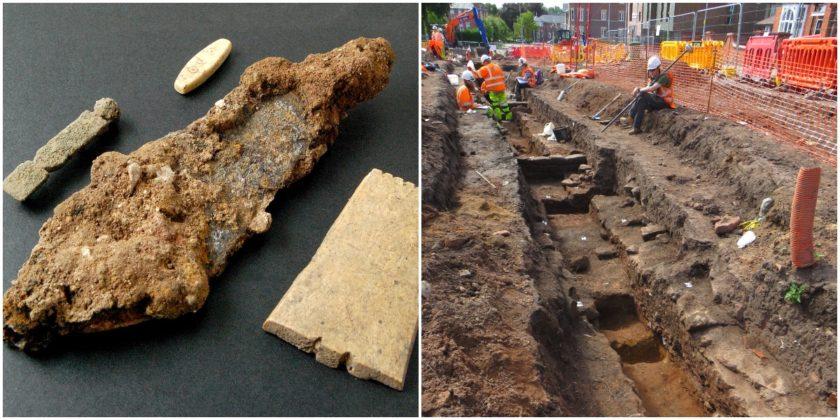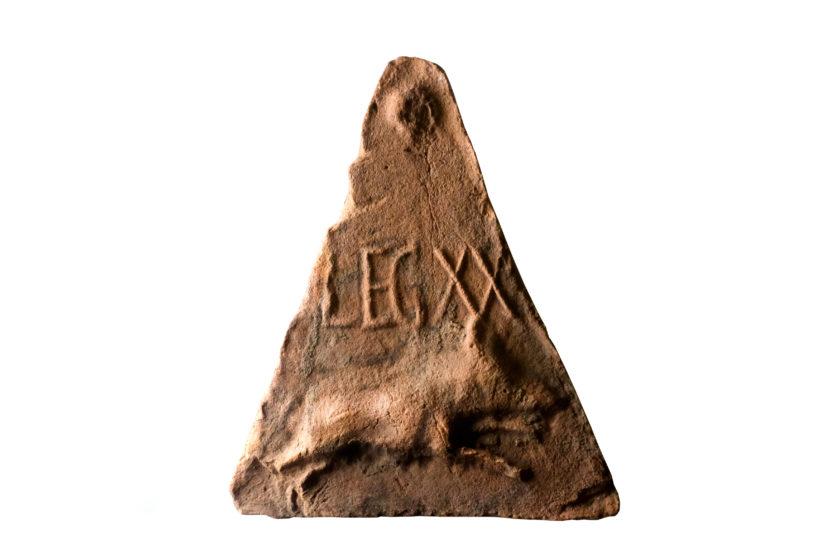Chester Northgate development praised for its archaeological management during construction

Cheshire West and Chester Council has been congratulated by Historic England on the impact that the Northgate development has had on the archaeology of Chester.
The planning approval set a disturbance target which the team managed to work within; achieving a lower than expected amount of archaeological disturbance of the Deva fortress under the Northgate site.
Working in partnership with Vinci Construction UK and Oxford Archaeology North, the council undertook a detailed process of planning the site’s construction to limit the intrusion wherever possible.
The new buildings were carefully designed to avoid disturbance of archaeological remains as far as possible.
A comprehensive mitigation strategy, put together in consultation with the Cheshire Archaeology Planning Advisory Service, and endorsed by Historic England, was in place to ensure intrusions into the most sensitive strata were kept to an absolute minimum.
The Northgate site is located towards the north west corner of the large Deva Roman fortress which was occupied for over three hundred years from its first construction in the AD 70s.
The site included barrack blocks, stores and officers’ living quarters which featured painted plaster work and concrete flooring.
During the works over ten thousand Roman artefacts were found, including over two thousand fragments of pottery, both decorative and practical, from far-flung corners of the Roman Empire such as Spain and Germany as well as items known to have been made locally and in southern England.
Other artefacts found included glassware, copper-alloy keys, tweezers and a rare gaming piece or token made from bone.
A triangular roof tile or antefix was also found bearing the name of the Twentieth Legion (Leg XX) and its emblem a running boar, which has been chosen as the logo of the new market in recognition of the site’s Roman history.

A booklet about the archaeology of the site and how it was excavated is available at: www.chesternorthgate.com/
In spite of all of the activity on site, the construction did not result in any major intrusion into the important archaeological remains.
A target was set of disturbing less than three percent of the significant archaeology; however, the actual impact figure was under two-point four percent which is a remarkable achievement and will allow important archaeological remains to be left undisturbed in full accordance with the National Planning Policy approach to safeguarding such significant historic remains.
Where archaeological deposits could not be left in situ, they were expertly recorded and excavated by archaeologists on site throughout the construction process and these will be passed to the Grosvenor Museum once fully inspected and cleaned.
Andrew Davison, Historic England’s Inspector of Ancient Monuments for the North West said: “In my opinion, this has been a very well executed project, and sets a high benchmark for good practice in historic cities.”
“Despite minimal disturbance to important archaeology, we have learnt a great deal about the development of Chester particularly in the Roman period as a result of the Northgate excavations.”
Councillor Richard Beacham, Cabinet Member for Inclusive Growth, Economy and Regeneration said: “This has been a truly impressive achievement from all concerned to complete the archaeological element of the project with so little intrusion and yet it has given us fresh insight into the lives of ordinary Romans who lived in Chester nearly two thousand years ago.”
Rachel Newman, Senior Executive Officer Oxford Archaeology North said: “We are delighted to have been involved with this project, from the start of the planning and design process in 2014 to undertaking the fieldwork on site throughout construction and look forward to seeing the work published in the Journal of the Chester Archaeological Society.”
Spotted something? Got a story? Email: [email protected]
Latest News
